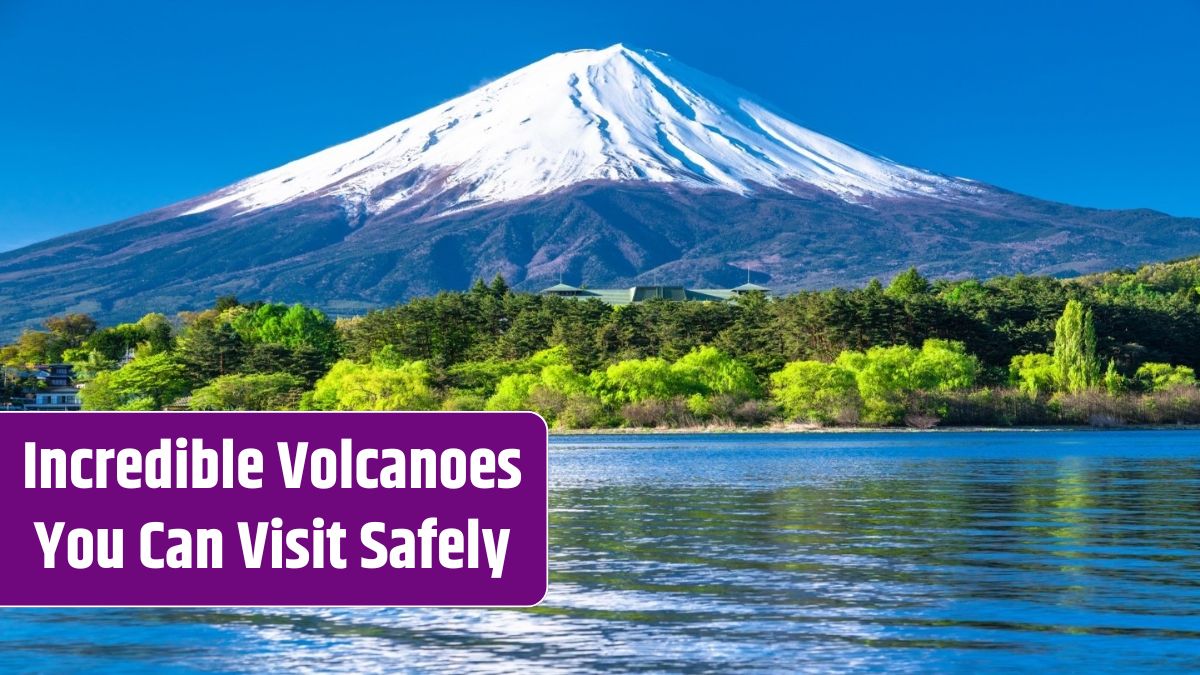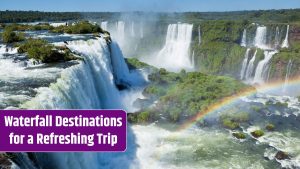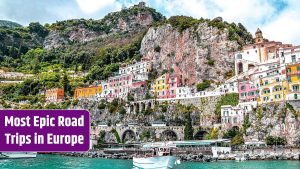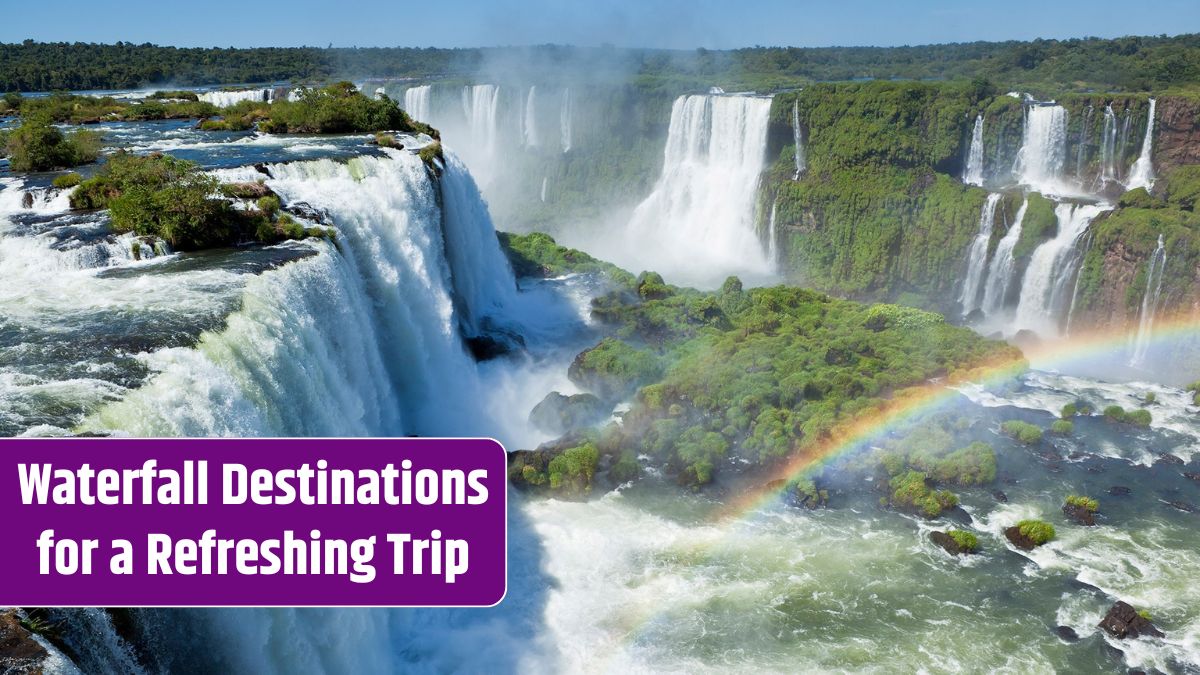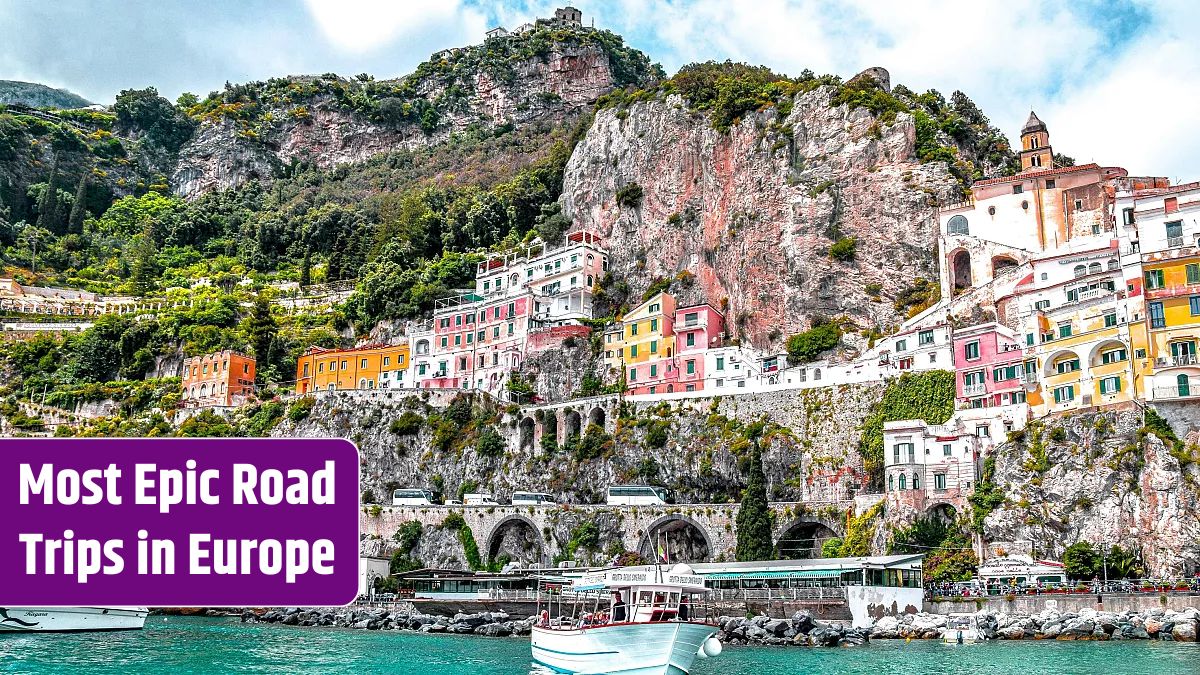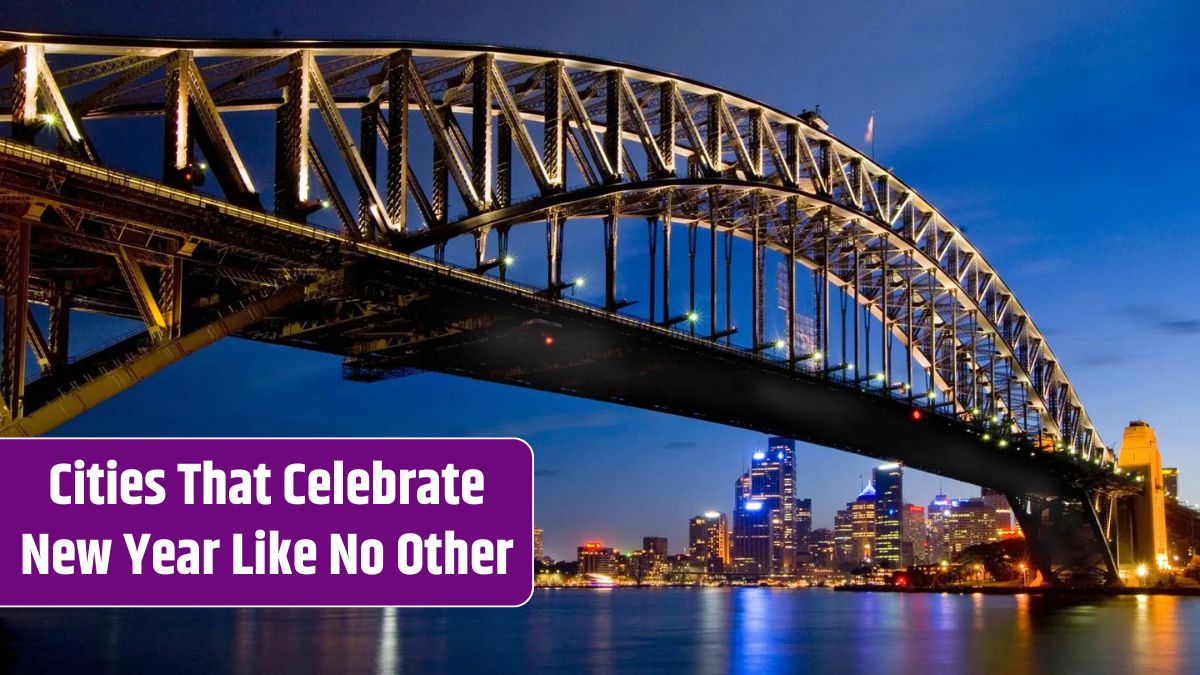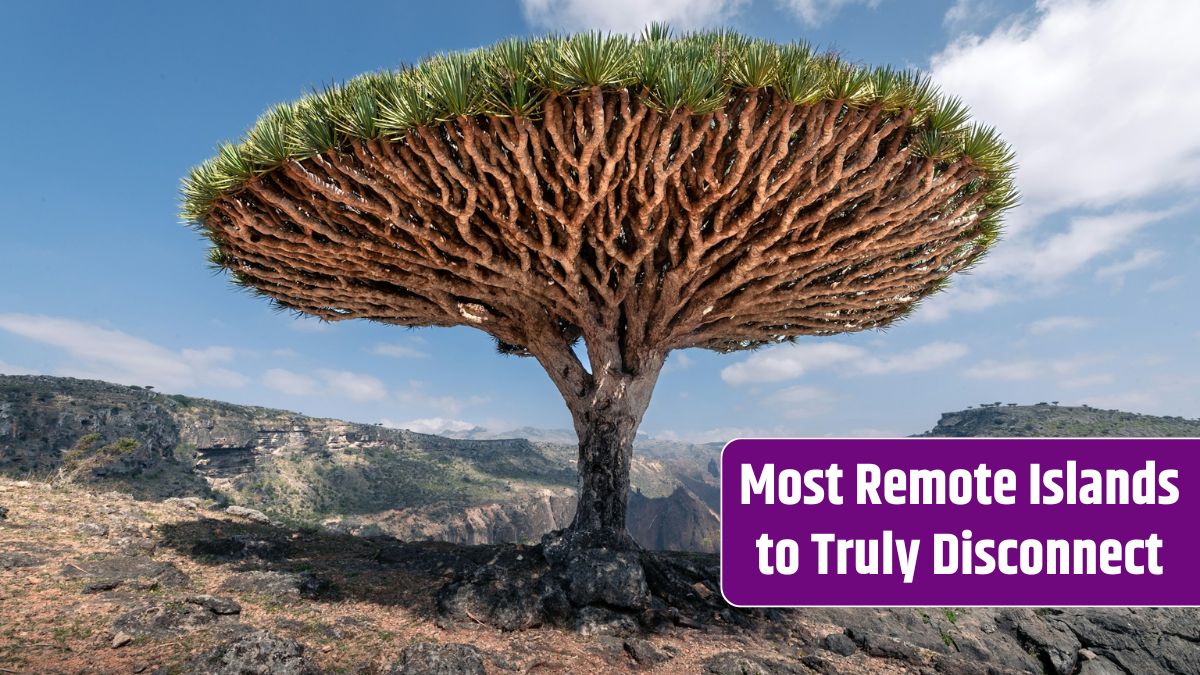Volcanoes are some of Earth’s most fascinating natural wonders, combining breathtaking landscapes with geological marvels. Visiting a volcano offers a chance to look into lava fields, crater lakes, and stunning vistas—all while staying safe. Here are four incredible volcanoes you can visit safely and create unforgettable memories.
Table of Contents
1. Mount Fuji (Japan)
Mount Fuji, an iconic symbol of Japan, is an active stratovolcano and a UNESCO World Heritage Site. It’s both a sacred cultural landmark and a must-visit for adventure enthusiasts.
- Why It’s Safe to Visit:
- Last erupted in 1707 and is closely monitored for volcanic activity.
- Well-maintained trails and support facilities make it accessible to climbers.
- A popular destination for both casual visitors and serious hikers.
- Must-Do Experiences:
- Hike the Yoshida Trail to watch the sunrise from the summit (Goraiko).
- Visit the Fuji Five Lakes region for stunning views of the mountain.
- Look into the nearby Aokigahara Forest, also known as the Sea of Trees.
Best Time to Visit: July to early September during the official climbing season.
Pro Tip: Book a mountain hut in advance if you plan to climb overnight for the sunrise.
2. Mount Batur (Bali, Indonesia)
Mount Batur, an active volcano in Bali, is famous for its sunrise hikes and panoramic views of Lake Batur and Mount Agung.
- Why It’s Safe to Visit:
- Regularly monitored volcanic activity ensures visitors’ safety.
- Local guides are experienced and knowledgeable about the terrain.
- The relatively short and manageable hike is suitable for most fitness levels.
- Must-Do Experiences:
- Join a guided sunrise trek to the summit for breathtaking views of Bali.
- Visit the Toya Devasya hot springs for a relaxing soak after your hike.
- Look into the nearby Trunyan village to learn about unique Balinese traditions.
Best Time to Visit: April to October during Bali’s dry season.
Pro Tip: Start your hike early (around 3 a.m.) to reach the summit in time for sunrise.
3. Mount Vesuvius (Italy)
Mount Vesuvius, one of the world’s most famous volcanoes, is known for its eruption in 79 AD that buried Pompeii and Herculaneum. Today, it offers a fascinating combination of history and natural beauty.
- Why It’s Safe to Visit:
- Although still active, the volcano is heavily monitored, and visitors are only allowed during safe periods.
- Well-defined trails lead up to the crater, making it accessible to most visitors.
- Guided tours provide insights into its geological and historical significance.
- Must-Do Experiences:
- Hike to the summit and peer into the massive crater.
- Look into the ruins of Pompeii and Herculaneum to witness the impact of the 79 AD eruption.
- Enjoy sweeping views of the Bay of Naples from the volcano.
Best Time to Visit: March to November for pleasant weather.
Pro Tip: Wear sturdy shoes, as the trail can be rocky and uneven.
4. Kīlauea Volcano (Hawaii, USA)
Located on the Big Island of Hawaii, Kīlauea is one of the world’s most active volcanoes and a centerpiece of Hawaii Volcanoes National Park.
- Why It’s Safe to Visit:
- Eruption activity is carefully monitored, and access is restricted to safe areas.
- Well-established visitor centers and guided tours ensure a safe experience.
- Lava flows and steam vents are accessible for viewing from designated spots.
- Must-Do Experiences:
- Witness the glowing lava lake at Halemaʻumaʻu Crater (if active).
- Hike the Kīlauea Iki Trail through a cooled lava lake.
- Drive the Crater Rim Drive for panoramic views of volcanic landscapes.
Best Time to Visit: Year-round, but check current volcanic activity updates before planning your trip.
Pro Tip: Visit at night to see lava flows or glowing craters more vividly.
Comparison Table
| Volcano | Location | Key Features | Best Time to Visit |
|---|---|---|---|
| Mount Fuji | Japan | Sacred mountain, sunrise hikes | July–September |
| Mount Batur | Bali, Indonesia | Sunrise views, Lake Batur | April–October |
| Mount Vesuvius | Italy | Historical significance, crater views | March–November |
| Kīlauea Volcano | Hawaii, USA | Active lava flows, volcanic landscapes | Year-round |
Tips for Visiting Volcanoes Safely
- Check Activity Levels:
Always check recent updates and alerts for volcanic activity before planning your visit. - Use Guides:
Hiring a local guide enhances safety and ensures you get the most out of your experience. - Wear Proper Gear:
Sturdy shoes, breathable clothing, and sun protection are essential for hikes. - Respect the Environment:
Stay on designated trails and avoid touching lava rocks or formations.
Whether you’re trekking up Mount Fuji, looking into the history of Mount Vesuvius, or marveling at Kīlauea’s fiery displays, these volcanoes offer incredible adventures while ensuring your safety.
FAQs
Is it safe to visit Mount Batur?
Yes, guided tours ensure safety and monitor volcanic activity.
Can beginners hike Mount Fuji?
Yes, with proper preparation, beginners can hike the Yoshida Trail.
What is the best time to visit Kīlauea?
Kīlauea is accessible year-round; check eruption updates before visiting.
How long does it take to hike Mount Vesuvius?
The hike to the summit takes about 30–45 minutes from the parking area.
Do I need special permits for Mount Fuji?
No permits are required, but there is a small fee to support conservation efforts.
